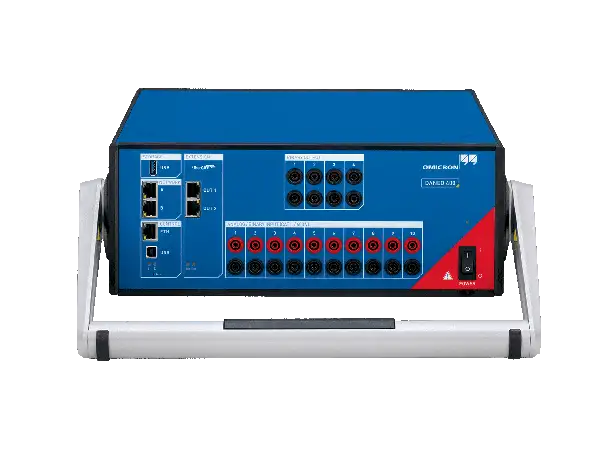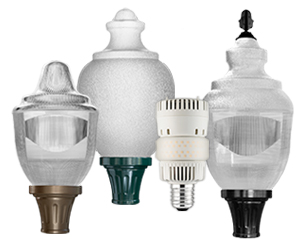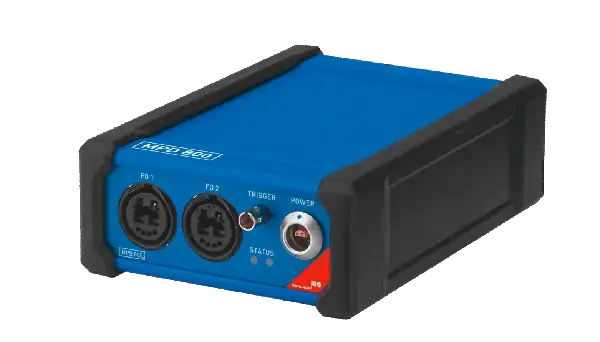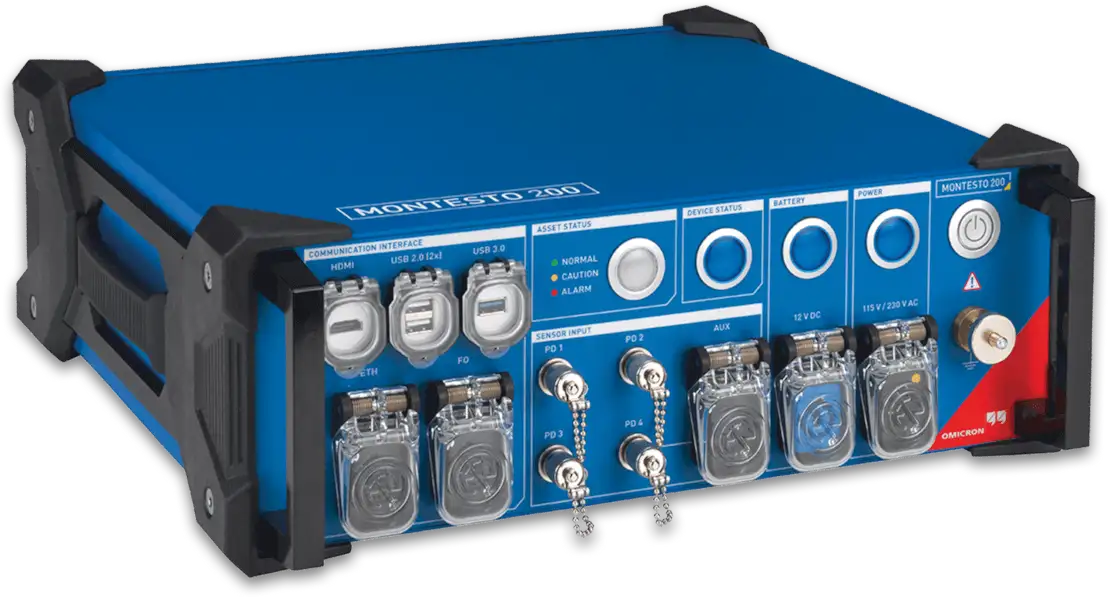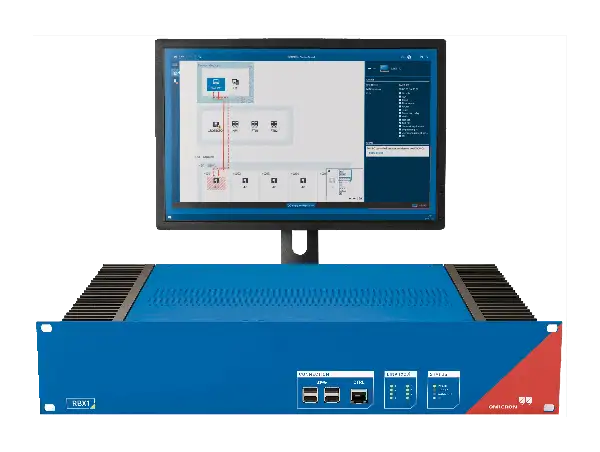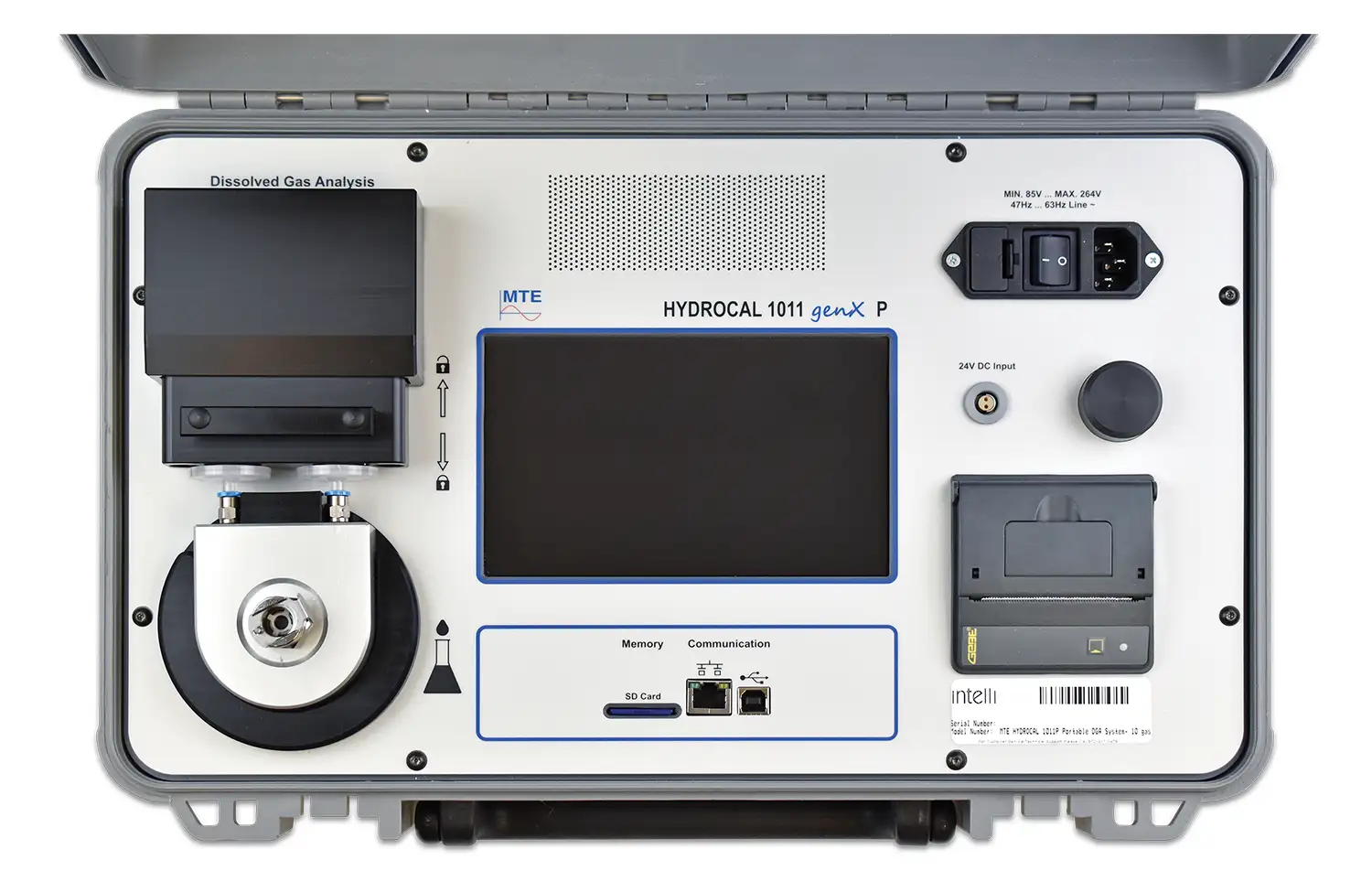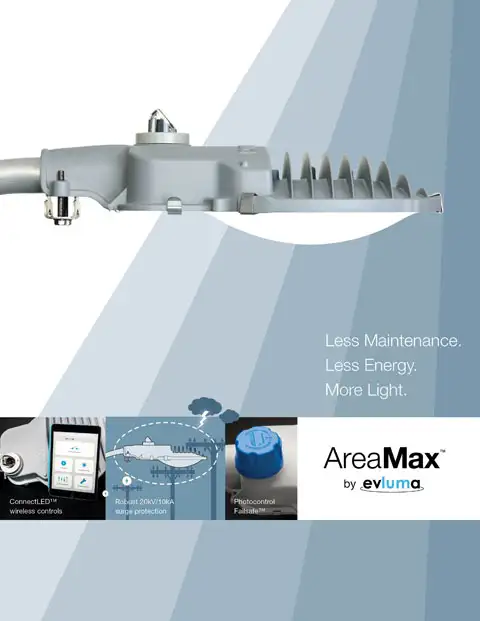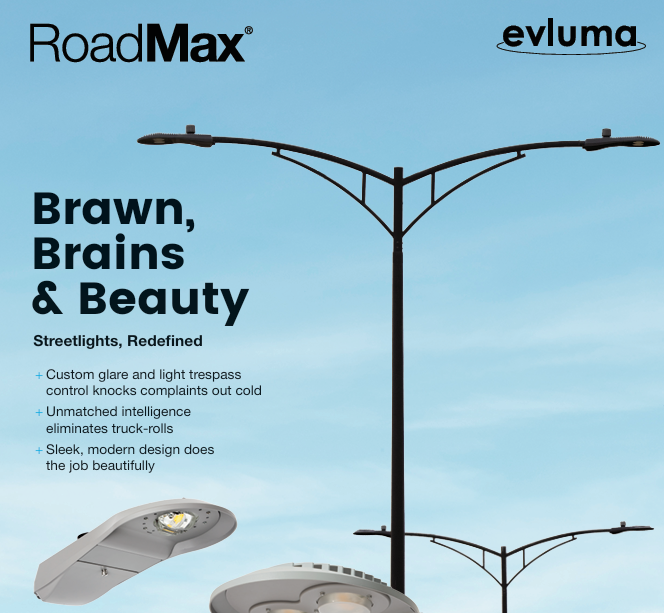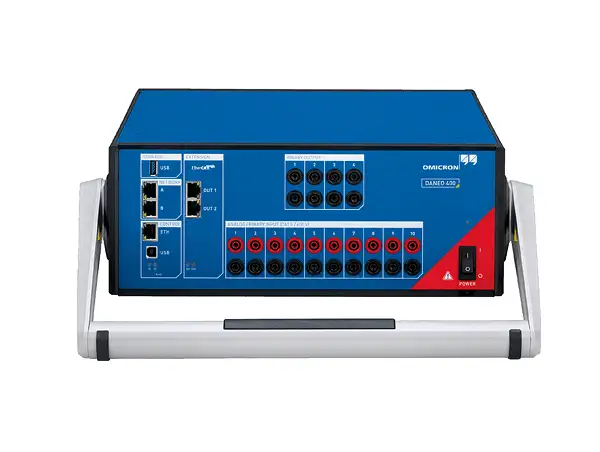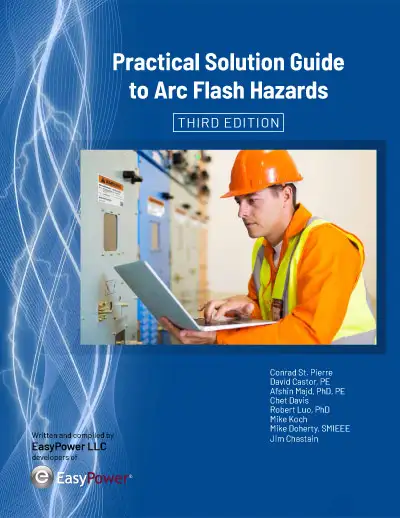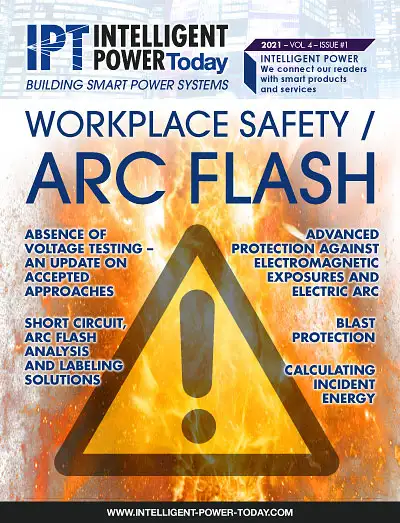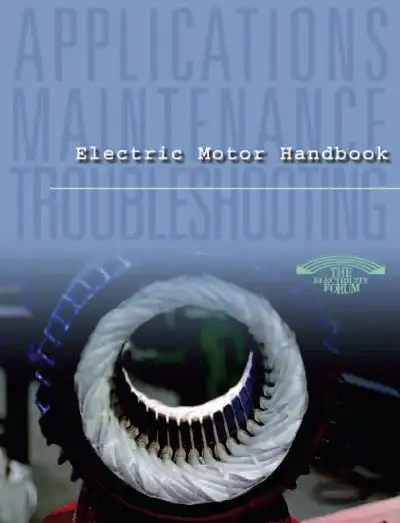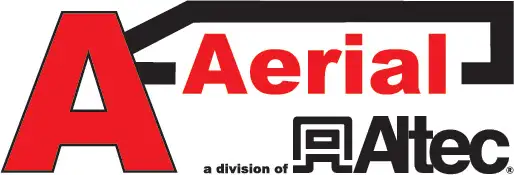What types of PPE are there for arc flash protection?

What types of PPE are there for arc flash protection?
Arc flashes are highly dangerous events, and every facility should implement measures to prevent them. However, it is impossible to eliminate all risks entirely. In situations where the risk of an arc flash is elevated, proper precautions are necessary. One of the most effective ways to protect workers is through the use of personal protective equipment (PPE).
Selecting Arc Flash PPE
There are various types of PPE designed to safeguard employees from the dangers of arc flashes. Here are some commonly used arc-rated PPE options that should be available for workers:
Arc Flash Gloves
Arc flash gloves are insulated to provide protection when working with electrical equipment. They are particularly useful for tasks involving low to mid-range voltage, reducing the risk of electrical shock.
Arc Flash Bib
An arc flash bib protects the core, covering the chest, stomach, and upper legs. It is often used in combination with other PPE, such as gloves and boots, to provide comprehensive protection against shocks.
Arc Flash Boots
Arc flash boots are essential when there is a risk of electrical hazards due to water or other conductive materials on the floor. These boots offer insulation to prevent electrical shocks, ensuring safety in potentially hazardous environments.
Arc Flash Hood
An arc flash hood protects the head and neck from arc flash incidents. It is typically part of a full-body protection suit, which includes other PPE items to provide extensive coverage and protection.
Insulated Tools
Using insulated tools is crucial for working with electrical systems. These tools are designed to prevent electrical conduction, thereby reducing the risk of triggering an arc flash.
Ensuring PPE Availability and Usage
Providing access to appropriate PPE for all employees working with electrical systems is vital for reducing the risk of injuries. Proper training on the usage and importance of PPE can significantly enhance workplace safety.
Key Considerations for PPE Usage
- Regular Inspection: Ensure that all PPE is regularly inspected and maintained to guarantee its effectiveness.
- Proper Fit: PPE should fit the user correctly to provide maximum protection.
- Training: Employees should be trained on how to use PPE properly and understand its importance in protecting against arc flashes.
- Compliance: Adhere to safety standards and guidelines to ensure that the correct type and level of PPE are used for specific tasks.
Arc flash PPE plays a crucial role in protecting workers from the severe dangers of arc flashes. By selecting the right equipment, such as gloves, bibs, boots, hoods, and insulated tools, and ensuring they are readily available and properly used, facilities can significantly reduce the risk of injuries. Regular training and adherence to safety protocols further enhance the effectiveness of PPE in maintaining a safe working environment.
EF PARTNER MEDIA
Product Showcases
Shared Media



